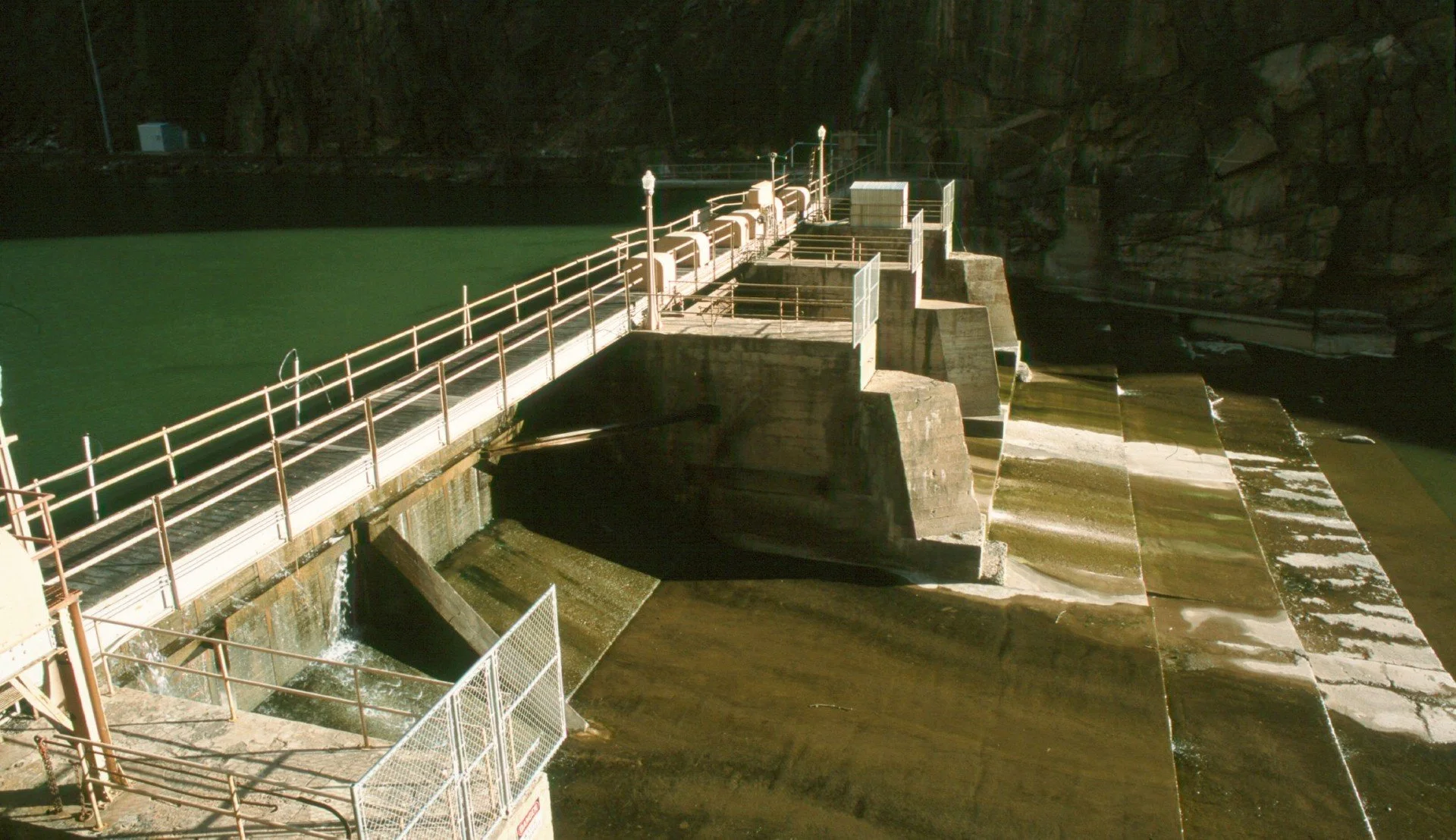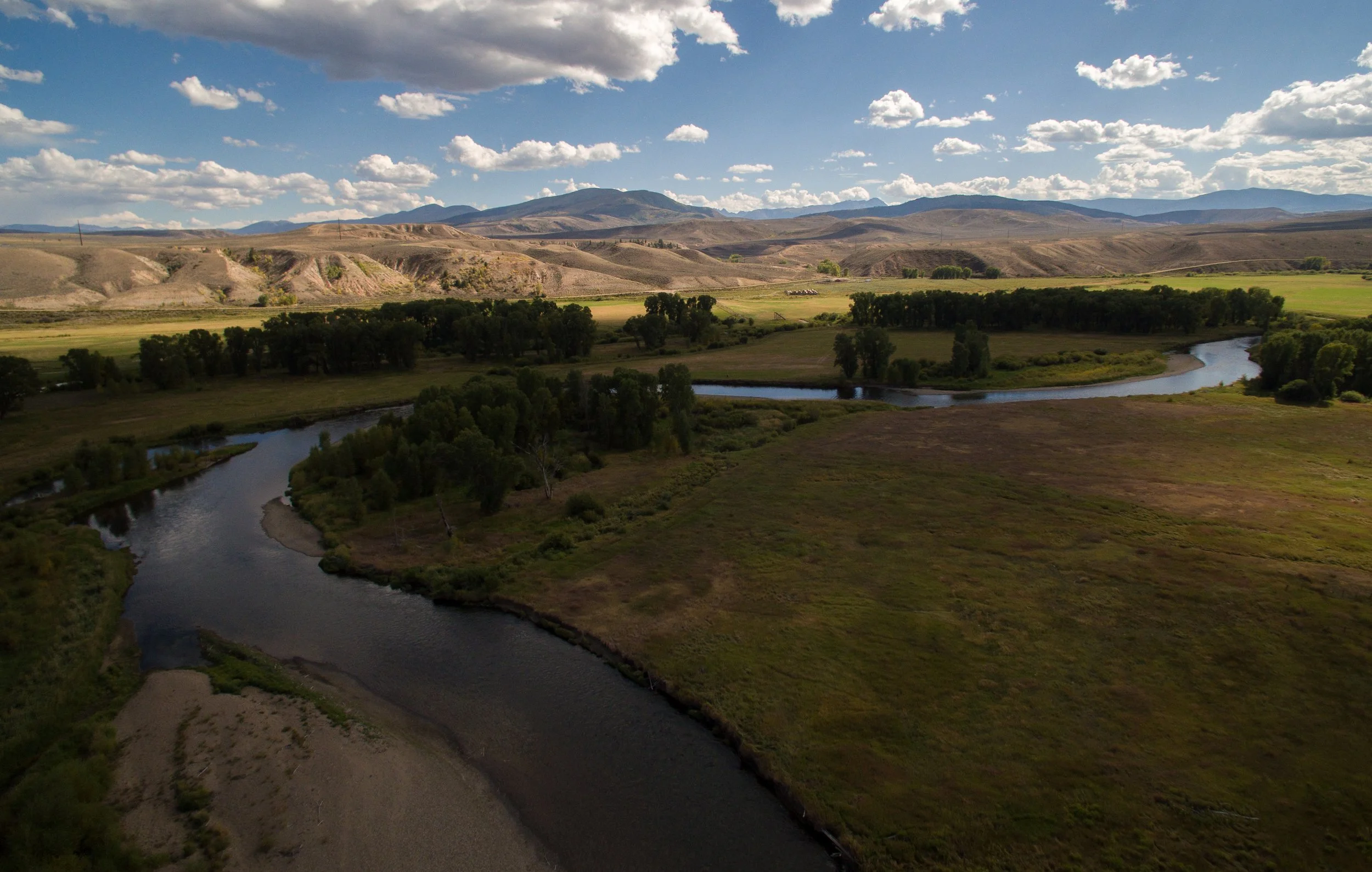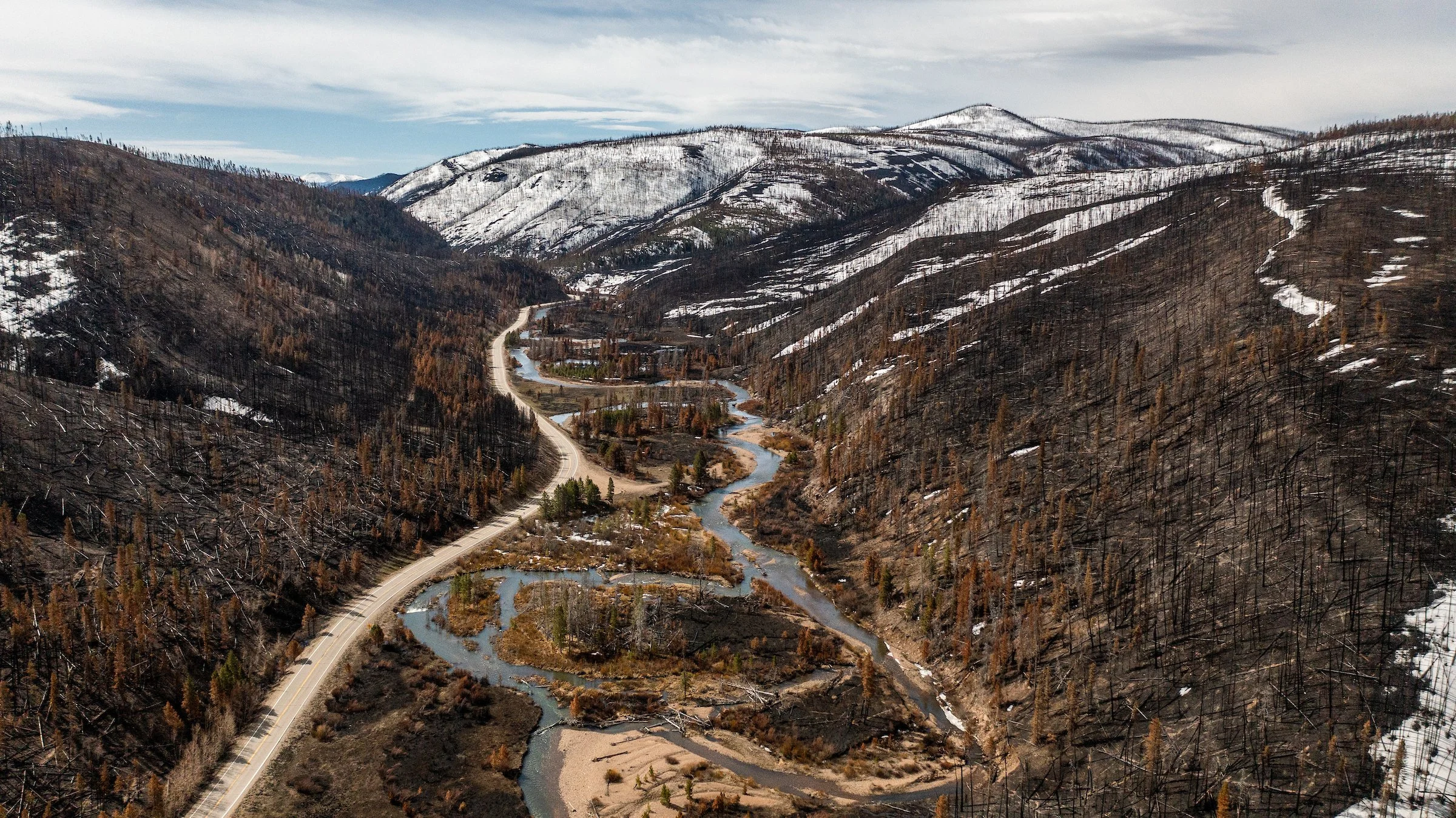"The local chapter could see sediment was a concern in Four Mile Creek, a wild brown trout fishery, so we were able to come up with a small grant of $2,500 to help with restoration downstream or revegetation, plus we can provide volunteers to do some of the work," said Elizabeth Russell of Trout Unlimited.
http://www.chieftain.com/metro/1182600925/22
By TRACY HARMON
THE PUEBLO CHIEFTAIN
VICTOR - A nuisance legacy of yesteryear's gold mining heyday is being neutralized this summer in an effort to save a watershed that has dumped silt into Four Mile Creek and eventually the Arkansas River.
A huge pile of tailings, mostly fine sand, was piled up in Millsap Gulch two miles south of Victor between 1893 and the 1930s, coming predominately from the Independence Mine which was one of Victor's deepest gold mines. The massive mound of tailings was supposed to be rendered harmless by two earthen dams that would hold them in place, but the dams failed 15 years ago.
Now every time there is a heavy downpour of rain, significant amounts of the silt are washing onto the Bob and Helen Shoemaker ranch about 10 miles south of the gulch. From there it spills into Four Mile Creek, which later dumps into the Arkansas River and ends up in Pueblo Reservoir.
"This is terrible stuff. The silt kills vegetation and the bug life and although I own the water right, I can't use any of that water for irrigating the alfalfa fields," Shoemaker said. "This year was really bad for quite a while, so I am just tickled they will be saving all this water in here."
When it is not raining, the tailings move through the air on wind currents. The wind and water have carved huge gullies into the tailings pile, some of which are 70 feet deep.
The barren tailings are surrounded by a lush landscape of grasses, wild irises, sweet peas, aspen and pine trees. The tailings site resembles a miniature Badlands where precious few plants take root.
"It is unbelievable what the erosion has done. This is a massive project," said Dan Grenard, a U.S. Bureau of Land Management (BLM) geologist who has been the adhesive force in getting partners together to tackle the problem.
The partners in the restoration of the tailings site number more than 20. Al Amundson of the Colorado Division of Reclamation, Mining and Safety's Abandoned Mine Reclamation Program is overseeing a four-month project that should correct the problem by summer's end.
Amundson said a total of 270,000 cubic yards of tailings will be moved to fill in the gullies and the pile will be shaped with a gentle slope that will have a 5-percent grade. After considering more than 50 designs, Amundson said he settled on one that he was able to tweak to provide the "most durable" and low-cost solution.
The rerouted tailings will be covered with 50,000 yards of clay overburden material then topped with bio-solids and revegetated so grasses and, eventually the native aspen trees, will return to the gulch and soak up the rain water.
"The design will allow the tailings pile to shed water laterally as quick as it can into a diversion ditch on each side," Amundson said.
In case of massive amounts of rainfall, a sediment pond will capture excess runoff.
Getting the problem solved has been five years in the making. The tailings are not acidic so the harm to the instream habitat is small.
"It's not like it is killing any critters," said Dave Gilbert, a BLM fisheries biologist. "More money is available and directed to solving acidic problems."
"It has been difficult funding-wise. This project is kind of like an orphan," Grenard said.
Because of the lack of funding available, the project managers decided to ask for help from the Colorado Department of Corrections Vocational Heavy Construction Technology Program based at the Buena Vista Correctional Facility.
"The project is a $1.3 million project but we only have $750,000 to work with - $600,000 from the state and $150,000 from the BLM - so you can see where the inmates come in," Grenard said.
Under the direction of Tom Bowen, inmates are learning how to operate a wide variety of heavy equipment, as well as learning character development traits like good behavior and work ethics. In turn, the inmates earn 60-cents a day, but more importantly, are learning a skill that "when they are released from prison they can make very good money," Bowen said.
Each day, the crew of 20 inmates puts in 10 hours - three of them on travel to and from the site and seven on the ground moving tailings at Millsap Gulch. Every three days, each inmate is assigned a new piece of equipment so each has experience on a variety of machinery.
From Buena Vista, the inmates will be placed into heavy equipment jobs while assigned to a halfway house. They are under contract to save 10 percent of their income for a year and a half after release so they "have a safety net in life and will have something to live on if there are problems," Bowen said.
For years the program boasted a minimal 10-12 percent recidivism rate, but Bowen has seen a small increase of inmates returning to prison after release in recent years because the inmates struggle with drug addiction problems, he said.
"The recidivism rate is still way better than the 30-40 percent state average," Bowen said. "We are teaching them - and hopefully they are going to continue - a new way of life."
Another partner helping with the project is Trout Unlimited, a group of avid anglers.
"The local chapter could see sediment was a concern in Four Mile Creek, a wild brown trout fishery, so we were able to come up with a small grant of $2,500 to help with restoration downstream or revegetation, plus we can provide volunteers to do some of the work," said Elizabeth Russell of Trout Unlimited.
"For me, to knock this out is a joy," Grenard said.








